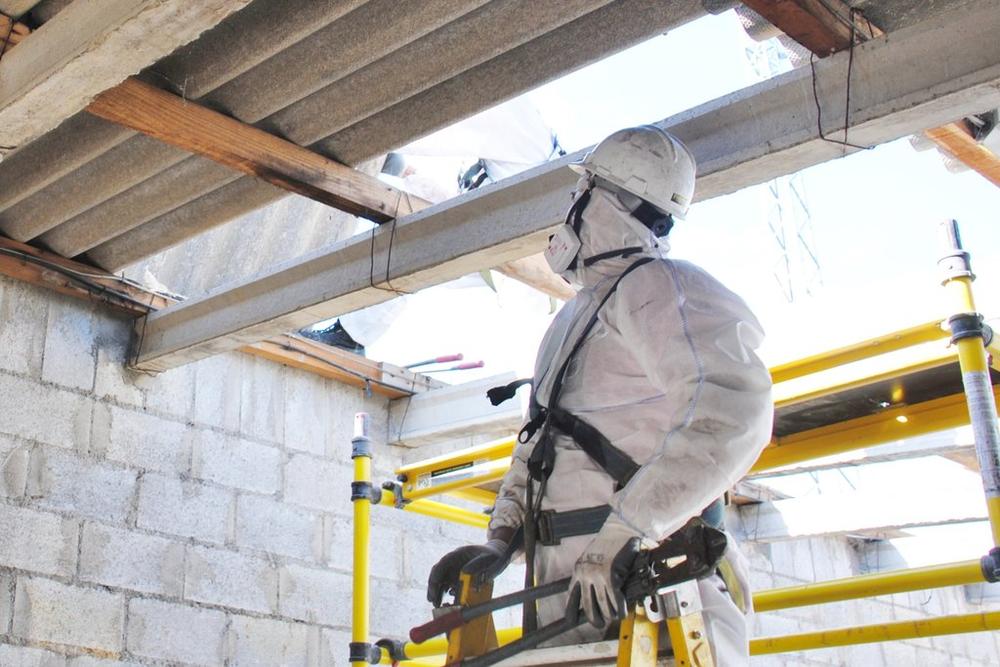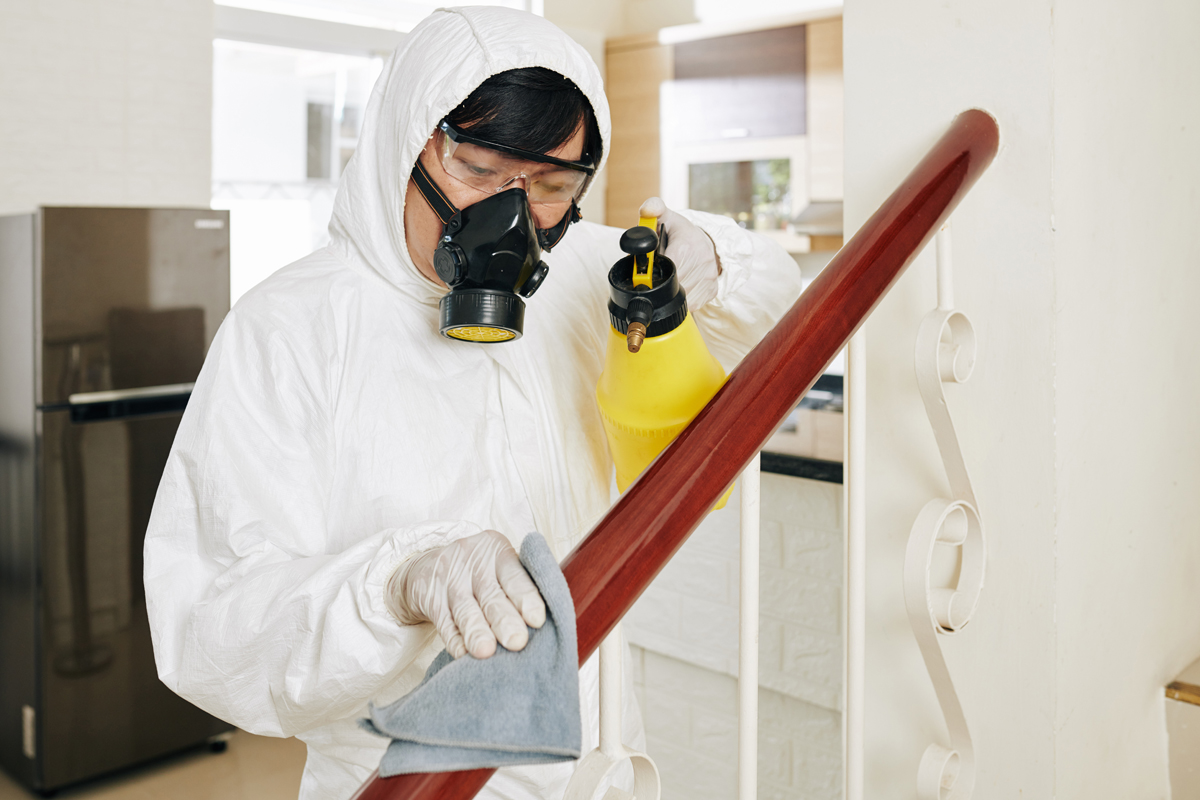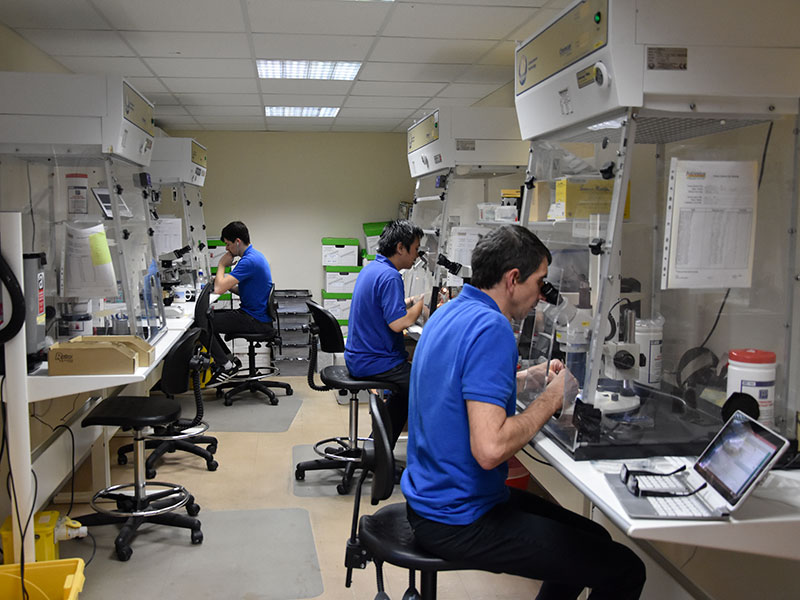Recognizing the Value of Thorough Asbestos Checking Procedures for Environmental Safety And Security
Asbestos, when thoroughly used for its fire-resistant residential properties, currently stands as a silent risk to ecological security and public health. The surprise risks of asbestos fibers, when disrupted, present severe health threats, including lung diseases and cancer cells. Understanding the significance of extensive asbestos screening procedures is extremely important in protecting both the setting and human well-being. By unraveling the complexities of asbestos testing methods and the crucial duty they play in mitigating exposure threats, a clearer photo arises of the meticulous actions required to make sure thorough safety and security procedures. This discussion clarifies the essential need for rigid asbestos screening techniques and the more comprehensive implications they hold for environmental preservation and public wellness.
Wellness Dangers of Asbestos Direct Exposure
Direct exposure to asbestos poses significant health and wellness threats, consisting of the advancement of major breathing conditions. Asbestos fibers, when breathed in, can come to be caught in the lungs, causing swelling and scarring in time. One of the most well-known ailment related to asbestos direct exposure is mesothelioma, a rare kind of cancer cells that affects the cellular lining of the lungs, upper body, abdomen, and heart. In addition, extended exposure to asbestos can create asbestosis, a chronic respiratory system condition identified by shortness of breath, coughing, and long-term lung damage.

Relevance of Asbestos Testing
To make certain the safety and security of people and avoid potential health and wellness threats, performing complete asbestos testing is of extremely important value in various industries and settings. Asbestos, a normally taking place mineral fiber, was as soon as widely used in building materials for its stamina and heat resistance.
Asbestos screening is crucial due to the fact that visual assessment alone is frequently inadequate to find asbestos-containing products. Additionally, testing makes sure conformity with policies concerning asbestos elimination and disposal, shielding both workers and the general public from exposure dangers.
Treatments for Safe Asbestos Testing

Environmental Effect of Asbestos
Considering the prevalent use asbestos-containing materials and the possible More hints threats related to their existence, recognizing the ecological influence of asbestos is crucial for detailed risk evaluation and reduction approaches. Asbestos, when disturbed or degraded, can launch microscopic fibers into the air, water, and dirt. These fibers pose a major health and wellness threat not only to humans but likewise to wild animals and ecosystems. In the atmosphere, asbestos can persist for lengthy durations without damaging down, leading to prolonged exposure dangers. Asbestos contamination in dirt can impact plant growth and water high quality, influencing This Site farming productivity and marine life. Airborne asbestos fibers can travel long ranges, impacting air top quality in numerous regions. Incorrect disposal of asbestos-containing materials can result in additional ecological contamination. Therefore, extensive asbestos testing and appropriate administration practices are necessary to stop and lessen the ecological effect of asbestos, securing both human health and wellness and environmental integrity - Asbestos Testing.

Ensuring Safety And Security With Testing
Asbestos screening is a critical step in making certain safety and lessening health dangers associated with asbestos direct exposure. Safety through testing entails the use of specific equipment and certified labs to properly analyze samples for the visibility of asbestos fibers.
Ensuring security via testing likewise includes adhering to rigorous protocols and guidelines stated by regulatory bodies to ensure exact results and appropriate handling of asbestos-containing materials. By adhering to these requirements, the threat of direct exposure to asbestos fibers is considerably minimized, therefore safeguarding the health and wellness and visite site wellness of individuals who might enter into call with these hazardous materials. Regular testing and tracking are necessary elements of preserving a risk-free atmosphere and stopping possible carcinogen linked with asbestos direct exposure. Proper testing not only ensures compliance with guidelines however likewise provides tranquility of mind understanding that proactive steps are in place to mitigate the risks posed by asbestos contamination.
Verdict
To conclude, thorough asbestos testing procedures are vital for safeguarding public health and the environment from the severe threats connected with asbestos direct exposure. By following safe testing methods and guaranteeing proper disposal of infected products, we can stop more damage and contamination. It is vital to focus on environmental safety via precise screening to protect versus the dangerous effects of asbestos direct exposure.